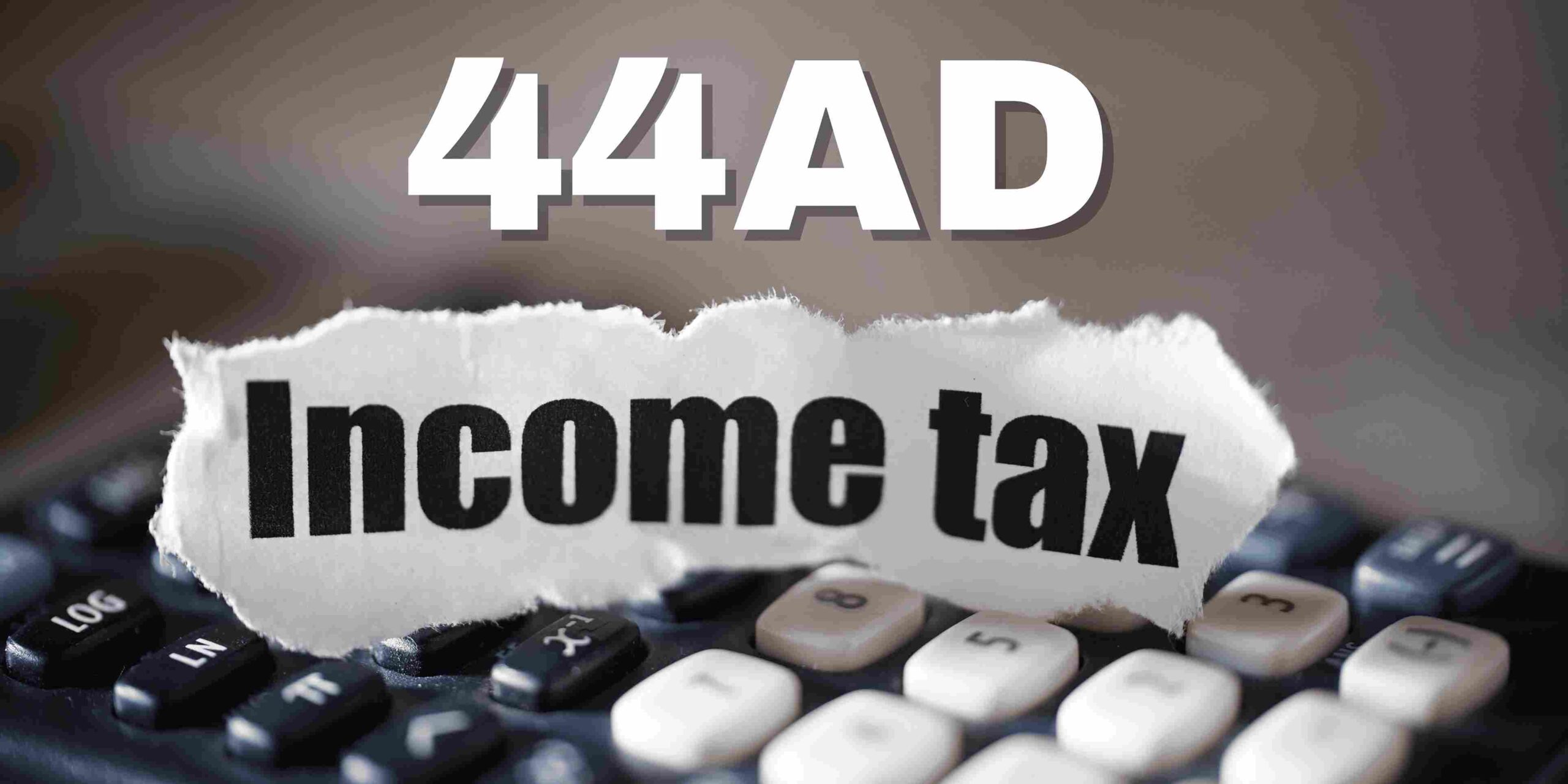1. What’s presumptive scheme?
Section 44AD presumptive scheme is designed to provide relief to small businesses from maintaining the records, gets books of accounts audited and paying the taxes at higher rates.
Under these schemes, Income is computed at a prescribed rate. Profit computed will be the final taxable income and no expenses deduction will be allowed.
2. Who is eligible for presumptive scheme under section 44AD
The option of opting presumptive scheme is available for:
- Resident Individual;
- Resident Hindu Undivided Family (HUF);
- Resident Partnership Firm (other than Limited Liability Partnership Firm).
This scheme is not available for non-resident, even if they are individual or HUF.
3. Which businesses are eligible to opt for section 44AD:
This scheme was introduced to provide relief to small business taxpayers, except the following businesses:
- Business engaged in plying, hiring or leasing of goods carriages (Section 44AE).
- A person carrying the agency business.
- Person earning income in form of commission or brokerage.
Further a person carrying profession who is required to maintain books of accounts as per Section 44AA(1), will not be eligible for this scheme.
4. Turnover restriction for staying under this scheme:
The taxpayers can continue under this scheme, unless his business turnover or gross receipt is not exceeding Rs. 2 crores. Once the turnover or gross receipt exceeds Rs. 2 crores.
However, with effect from AY 24-25, if amount of cash received during the previous year does not exceeds 5% of the total turnover or gross receipts. In such the limit of Rs. 2 Crores will be revised to Rs. 3 Crores. (In short, if cash transaction receipt is less than 5% than limit is Rs. 3 Crores else Rs. 2 Crores).
5. Prescribed rate for computing taxable income:
The taxpayer opting for presumptive income under section 44AD, then 8% of gross receipt/total turnover of business will be considered as taxable income.
Further, if taxpayer has received online payments through an account payee cheque or an account payee bank draft or use of electronic clearing system through a bank account or through such other electronic mode (like UPI, BHIM etc.), then rate on such receipts will be 6% instead of 8%.
So, there are 2 rates for computing the taxable income:
- 8% of cash receipts or received in other than modes prescribed above;
- 6% of online receipts.
However, a taxpayer can voluntarily disclose the business income at rate higher than 8% or 6% of gross turnover.
Example 1: Mr. Sam carrying the trading business, had total receipts of Rs. 1.50 crores during the financial year 2022-23. Out of Rs. 1.50 Crores, he received Rs. 1 crore via online banking mode (like account payee cheque, UPI or BHIM). In such case his taxable income will be computed as follows:
- For online receipt, 6% rate will be considered i.e., for Rs. 1core *6%= Rs. 6 lakhs
- And for balance amount, taxable income will be Rs. 50 lakhs * 8%= Rs. 4 lakhs
The total taxable income under section 44AD will be Rs. 10 lakhs.
6. When a taxpayer needs to deposit advance tax?
The taxpayers opting for presumptive income scheme is liable to pay the entire amount of advance tax on or before the March 15th of the said year. If fails to pay, interest will be levied as per section 234C.
7. Can a taxpayer opt out of presumptive scheme?
If the taxpayer opts for presumptive income, he has to continue to opt the said scheme for next 5 years.
If he opts out from the scheme, then he will not be eligible to opt the said scheme for that Year in which he opted out and next 5 years. Further he needs to maintain the records and books of accounts and gets books of accounts audited under section 44AB.
Disclaimer:
The information provided in this content is for general informational purposes only. You should always seek the advice of expert before making any decisions based on the information provided. We do not warrant or guarantee the accuracy, completeness, or usefulness of the information provided. Any reliance you place on such information is strictly at your own risk. We shall not be liable for any damages, losses, or expenses arising out of or in connection with the use of this content.
Latest Blog :
DO YOU HOW TO FILE FLA RETURN?
REPORTING BURDEN ON JEWELERS RELATED TO MONEY LAUNDERING ACT








